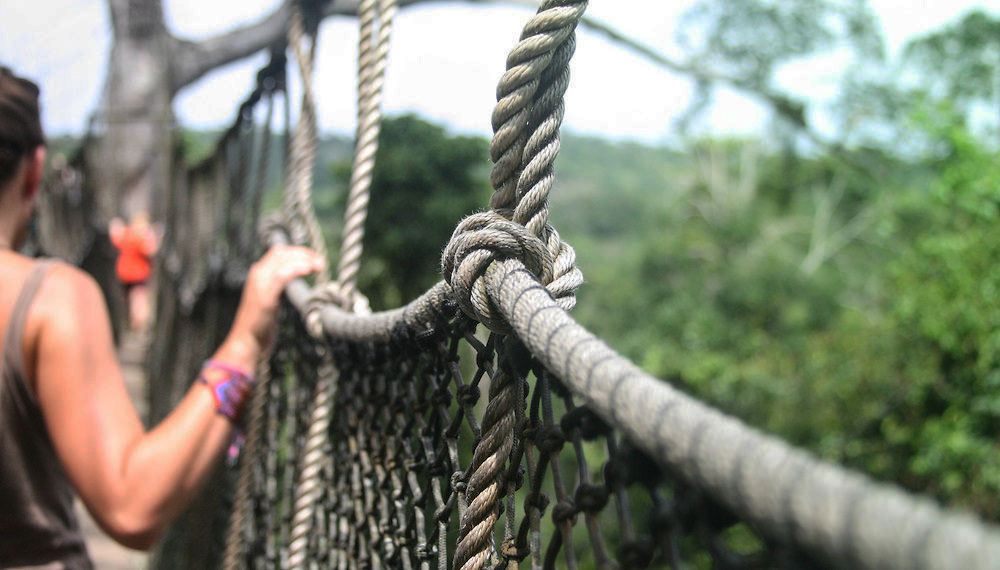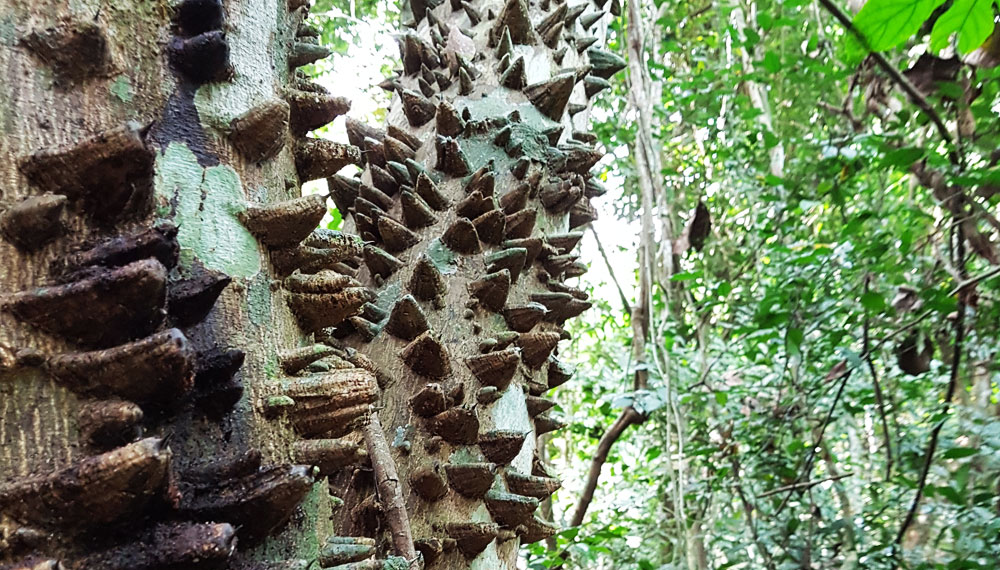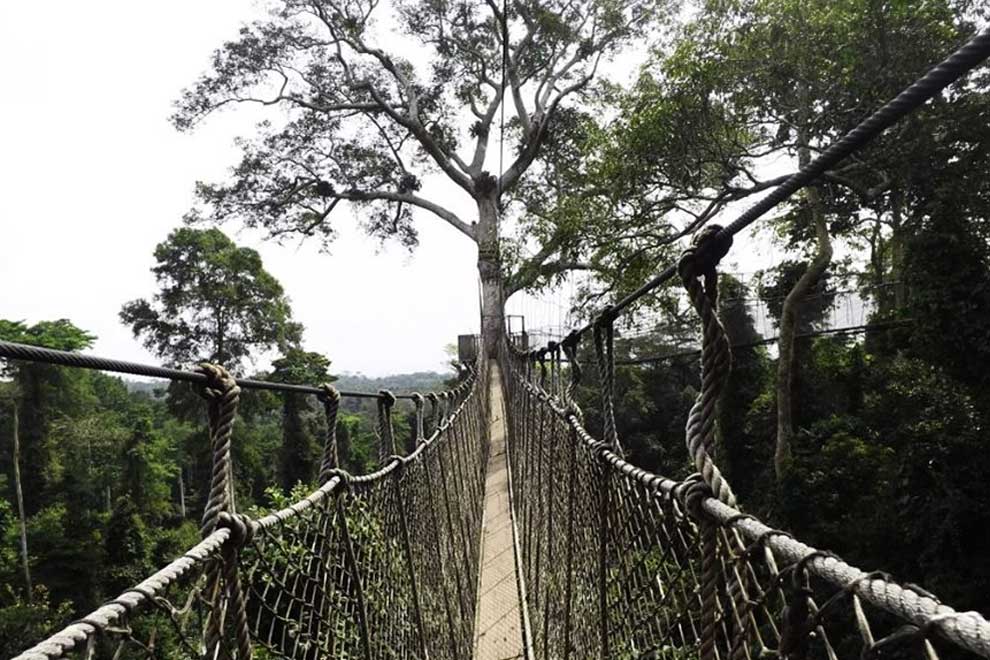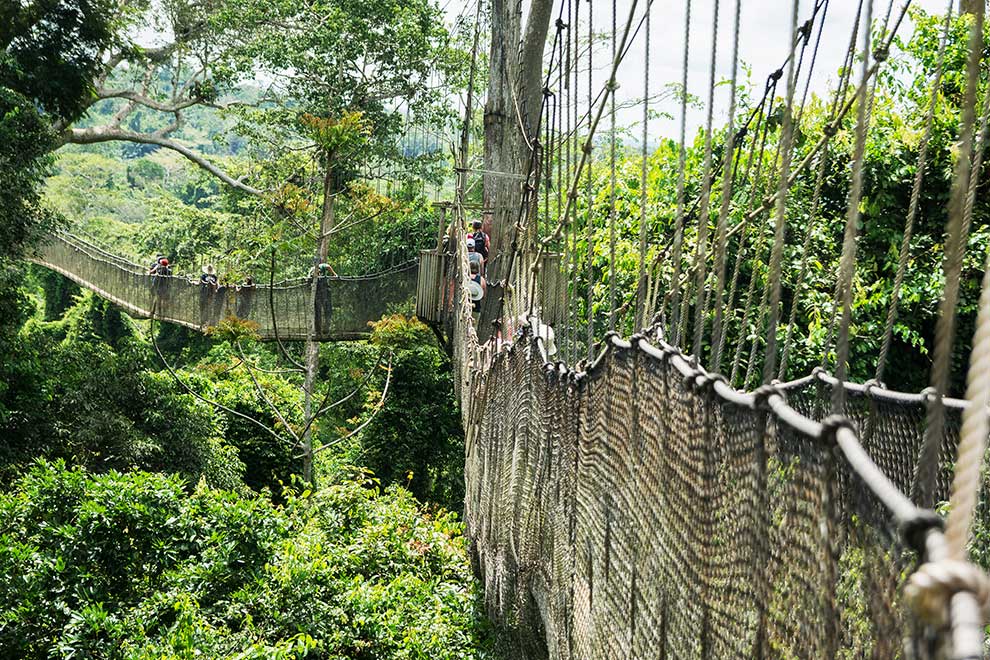National Park is one of the stunning sites to go visit when staying at Ko-Sa Beach Resort. The second biggest National Park, which is about 60km from our resort, offers a thrilling canopy walk and several guided hiking tours.
The canopy walk was developed by the Canadians in 1994 and opened in 1995. The walk contains 7 rope bridges about 40 meters high up in the beautiful hardwood trees.




